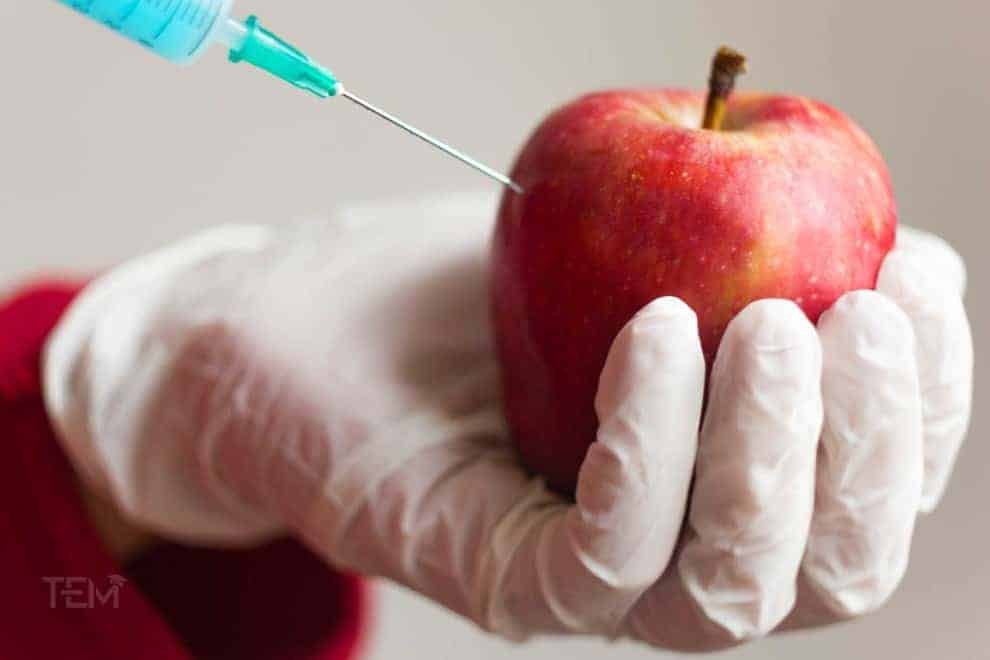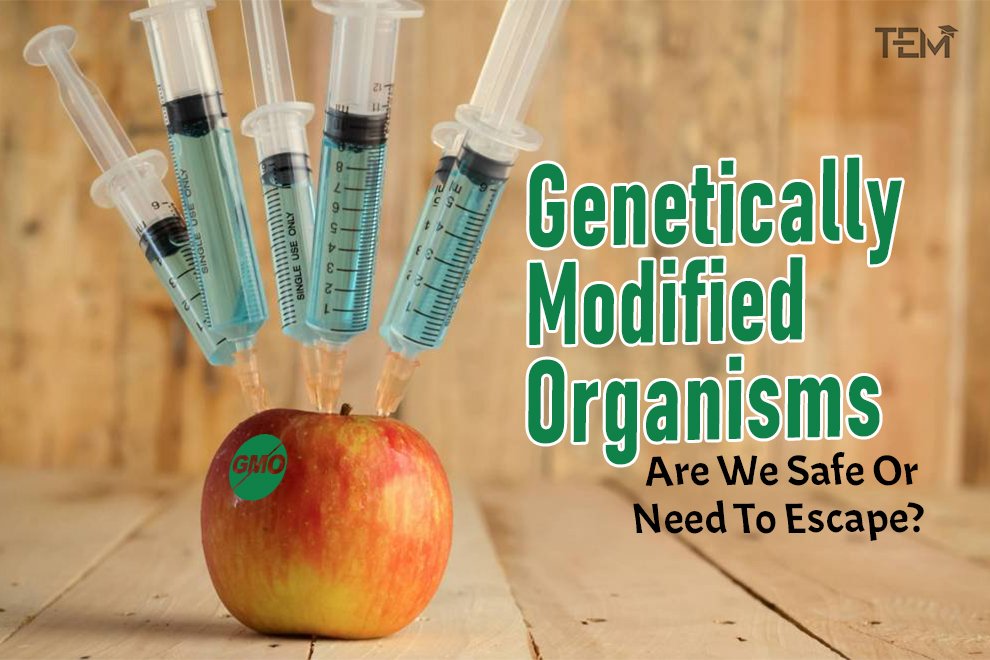Genetically Modified Organisms (GMO) suggests that they are safe to eat and have the potential to feed millions worldwide who currently go hungry. Despite getting criticisms, Genetically Modified Foods are spiked into the commercialization. Pro-GM scientists are even found unscientific in their rejection of the counterevidence. The commercial introduction of genetically modified food began with a splat. Scientists at the California company Calgene identified an enzyme in tomatoes that led to rot and figured out how to suppress it, allowing the fruit to be picked ripe without fear of short shelf life. With FDA approval, the FLAVR SAVR-branded tomato hit stores in 1994. Despite an initial rush of sales, the product was dogged by high production costs in the United States, while in the United Kingdom, public opinion turned away from a once-popular FLAVR SAVR tomato paste as media outlets questioned the safety of the genetically engineered crop.
The History of Genetically Modified Organisms

Humans have been modifying the genes of the plants and animals around them for centuries through selective breeding, steering evolution to serve a human need. The modern corncob evolved when early farmers in Mesoamerica chose to plant the larger, better-tasting kernels of a plant called teosinte, a relative of modern maize that looks little like the large, yellow corncobs we’re used to. Over time the familiar corn plant emerged as a result of the traits that human farmers encouraged through selective planting.
Now instead of making changes over many generations, GMO technology can go directly to the DNA of plants and animals: suppressing one trait, enhancing another, or even moving gene sequences between species. A yeast strain has been developed, for example, that can pump a healthy dose of omega-3 fatty acids into breads and pastries. Scientists have even modified the genes of a mosquito so that it can’t pass on diseases such as dengue fever or malaria to the humans it bites.
Golden rice was genetically engineered to include beta-carotene, the pigment that gives carrot, pumpkins, and sweet potatoes their distinctive orange color, and helps the body produce vitamin A.
The Driving Demand and Escape

The life span of Calgene’s product would foreshadow the ongoing debate over the risks and benefits of Genetically Modified Organisms (GMOs). The global genetically modified crops market was valued at US$ 18.15 Billion in 2018 and expected to grow by 8.7% over the cast period (2020-2027) in terms of revenue. Products that include GMOs are now a well-established part of the global food system: Much of the corn and soybean crop produced in the United States comes from GMO strains. The most common global GM crops used in the market include soybean, rapeseed oil, maize/corn, potato, tomato, cranberries, walnuts, rice, raspberries, and papayas. Some GM crops are engineered to resist pests. Other crops contain genetic code that makes them immune to certain herbicides, so farmers can kill all the weeds in a field without affecting the crop plants.
Although some researchers have claimed that genetically modified foods are fundamentally less healthful or even toxic, many large studies have indicated the safety of GMOs. Most GMOs produced around the world go into animal feed. One study conducted by the University of California at Davis examined the health effects of GMO versus non-GMO feed on livestock and found no effect on the milk, meat, eggs, and other products derived from those animals.
Still, there are broader questions: Should scientists “play God” by directly altering a species DNA? Will the use of chemical-resistant crops today generate such broad use of herbicides and pesticides that it speeds mutation in weeds and insects and proves self-defeating What about government regulation and the risk of mistakes?
The Great GMO Debate

Authorities have recognized that once a new genetic combination is released into the world, any mistakes would be difficult to undo. But regulations differ from country to country: The European Union (EU) has stricter rules for GMO approval than the United States, and each EU country keeps control within its own borders. The regulations are typically based on a combination of scientific, cultural, and political arguments. In France and Germany, these nuances have led to the approval of GMOs being kept to a minimum.
The argument is not fully resolved in the United States either. Currently, the federal government does not require that genetically modified foods be labeled as such, although polls have indicated wide consumer support for the idea. State-level labeling laws have been approved in Vermont and Maine but failed to take off yet in states such as California and Colorado that have held public referenda on the subject.
Many critics of Genetically Modified Organisms have moved beyond arguments about human safety and on to long-term ecological issues. Some scientists believe that broader pesticide use in connection with GMOs may be associated with shrinking numbers of bees and other important pollinators. Critics also question whether monoculture farming—in which large swaths of land are devoted to a single crop—is sustainable. These concerns have led to a growing market for non-GMO foods and private labeling efforts to fill the void left by the government.
Also, Read How Diet Can Cause Or Cure Depression


